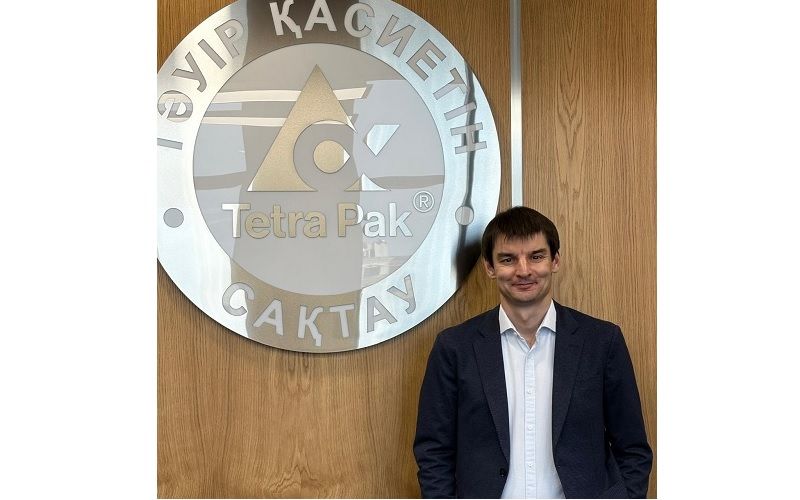Early Culling of Dairy Cows Considered Amidst Falling Milk Prices

With milk prices experiencing a downward trend for the third consecutive month, many dairy farmers are reassessing their herd management strategies. The Department of Agriculture, Food and the Marine (DAFM) has recorded 307,058 cows, which have calved at least once, being slaughtered in 2025. This trend is partially attributed to the financial calculations farmers are making regarding the cost of maintaining unproductive cows versus culling them.
Farmers are examining the economics of keeping cows in milk production. A typical cow, producing approximately 15 liters of milk per day at a base price of €0.44 per liter, could generate an income of €198 for November. However, the costs for feed, including silage and meals, amount to €130, leaving a slim profit margin of €68 per cow, excluding bonuses.
Market conditions for cull cows are also influencing farmers' decisions. Current factory prices for 'P' grade cows range from €7 to €7.10 per kg, while 'U' grade cows fetch between €7.50 and €7.60 per kg. In marts, prices vary significantly, with cull cows selling for between €900 and €2,500, depending on quality, translating to an average of €3.60 per kg live weight.
The decision to cull early is further complicated by farm-specific conditions. Farms with a closing average farm cover below 700kg DM/ha may find it more economical to cull rather than use winter fodder. Conversely, farms above 900kg DM/ha might benefit from keeping cows to utilize remaining grass reserves.
Overall, farmers are advised to consider their cull cow strategy, balancing factors such as feed availability, housing, labor, and economic margins as they decide whether to milk on or cull early.












